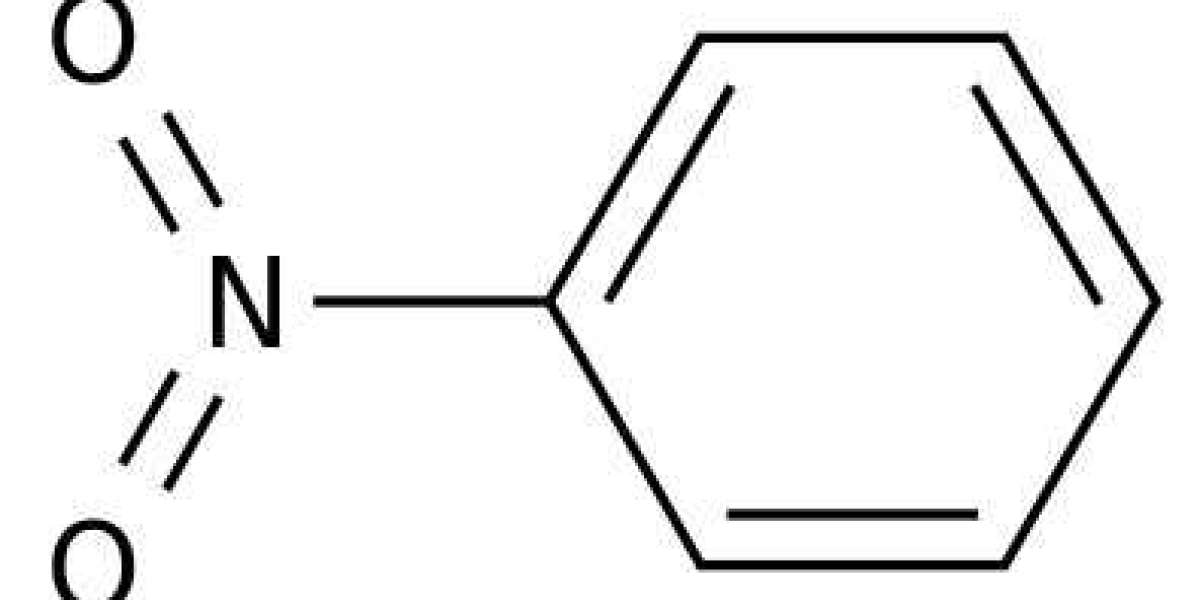Bioaugmentation of nitrobenzene-contaminated soil was performed by inoculation with Pseudomonas putida ZWL73, which can grow on nitrobenzene as carbon and nitrogen sources and release free ammonium from the aromatic ring via a partial-reductive pathway. Removal of nitrobenzene was effectively enhanced with concurrent accumulation of ammonium in the bioaugmented soil. Moreover, the negative impact of nitrobenzene contamination on culturable bacterial types and soil nitrification was reduced by strain ZWL73. Changes in the community structure of ammonia-oxidizing bacteria, determined by denaturing gradient gel electrophoresis, were associated with changes in environmental factors in nitrobenzene-contaminated soil, including concentrations of nitrobenzene, ammonium, nitrite and nitrate, but their influence was attenuated in the bioaugmented soil. Overall, P. putida ZWL73 shows promising abilities for effective removal of nitrobenzene and for attenuating the negative effects of nitrobenzene contamination on soil functioning.
The release of nitroaromatic compounds into the environment either intentionally (pesticides and herbicides) or through accidental spills has caused significant environmental damage. Their stability, persistence and toxicity make nitroaromatic compounds hazardous when released into the environment. As one of the nitroaromatic compounds, nitrobenzene, which is usually used as the primary starting material of aniline production, has great pollution potential in the environment. In particular, nitrobenzene is extremely recalcitrant to enzymatic attack due to the stability of the benzene ring caused by the electron-withdrawing nature of the nitro group. On November 13, 2005, the Songhua River in the north-east of China suffered serious contamination of 100 tons of nitrobenzene and related compounds, which were accidentally released due to an explosion at an aniline production factory. The fact that this contamination had serious impacts on the life of millions of habitants along the river has been internationally recognized. Removal of nitrobenzene contamination in an economical and effective way is thus of main concern for human health.
Bioaugmentation has now become an accepted technology for biodegradation of persistent or toxic organic pollutants. A number of successful bioaugmentations have been reported for the removal of such pollutants, including polycyclic aromatic hydrocarbons and 4-chlorophenol in soil, 3-chloroaniline in active sludge and nonylphenol in bioreactors. Although a combined selective adsorption and bioaugmentation approach was reported to treat artificial wastewater containing nitrobenzene and p-nitrophenol on a laboratory scale, no bioaugmentation of nitrobenzene-contaminated soil has so far been reported. Pseudomonas putida ZWL73, isolated from 4-chloronitrobenzene (4CNB)-contaminated soil, can grow on 4CNB or nitrobenzene as both carbon and nitrogen sources and release free ammonium from an aromatic ring via a partial-reductive pathway of 4CNB or nitrobenzene in a culture medium. In a previous study, bioaugmentation by strain ZWL73 against 4CNB proved to be feasible at the laboratory scale. During the process, some bacterial populations were stimulated and became active, whereas the effects of 4CNB on soil indigenous bacteria were neutral. However, soil diversity and complexity, and other environmental factors that often make the results of bioaugmentation unpredictable, were not investigated.



